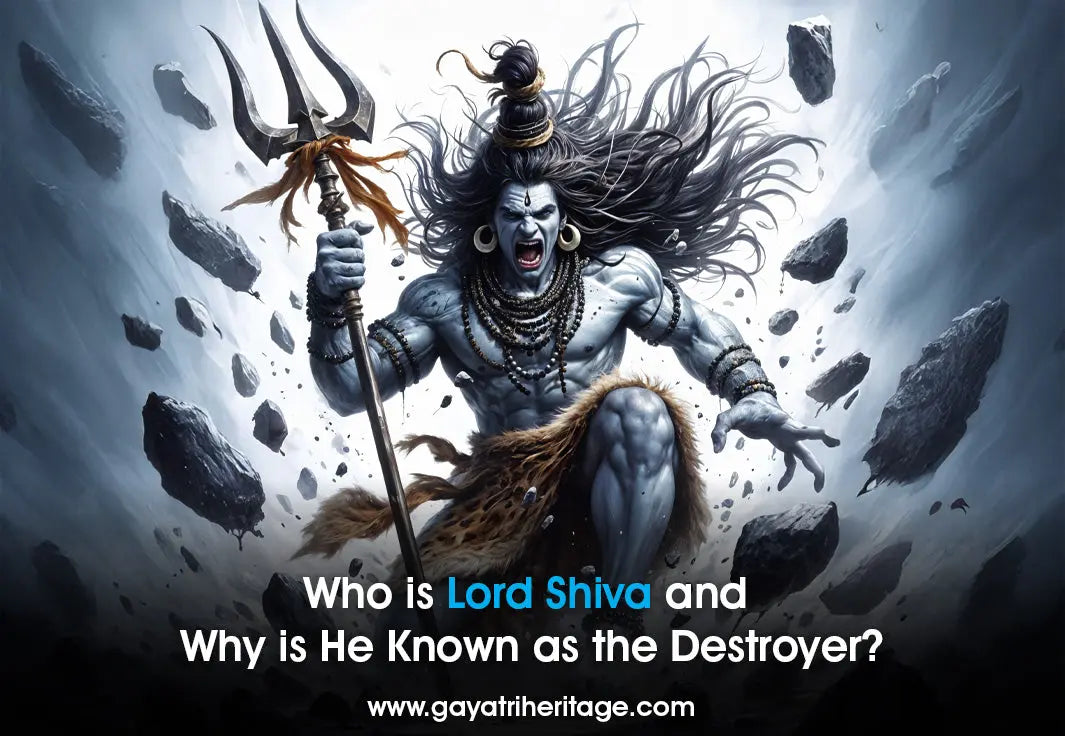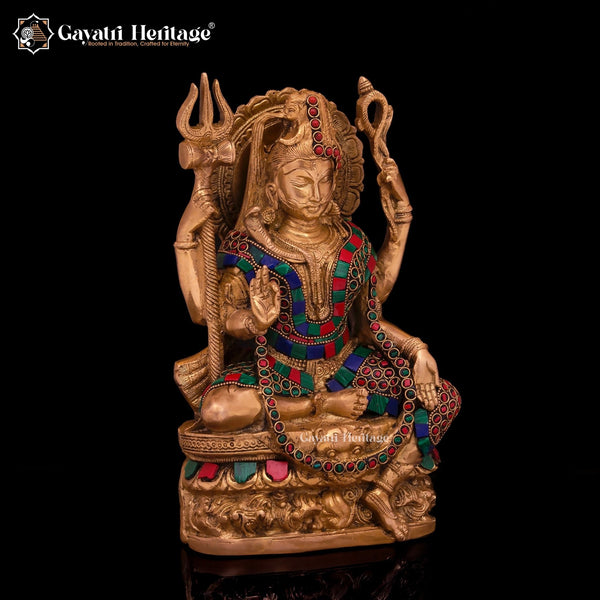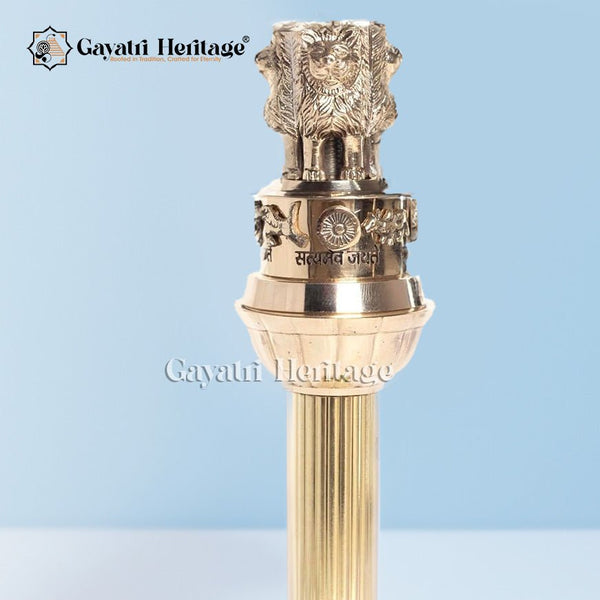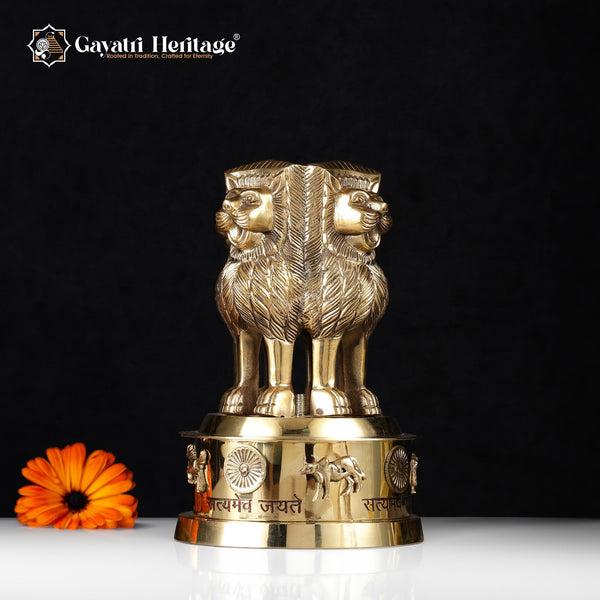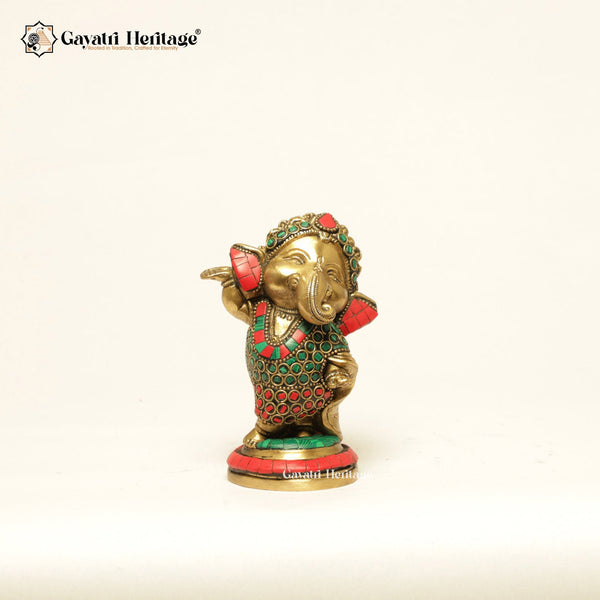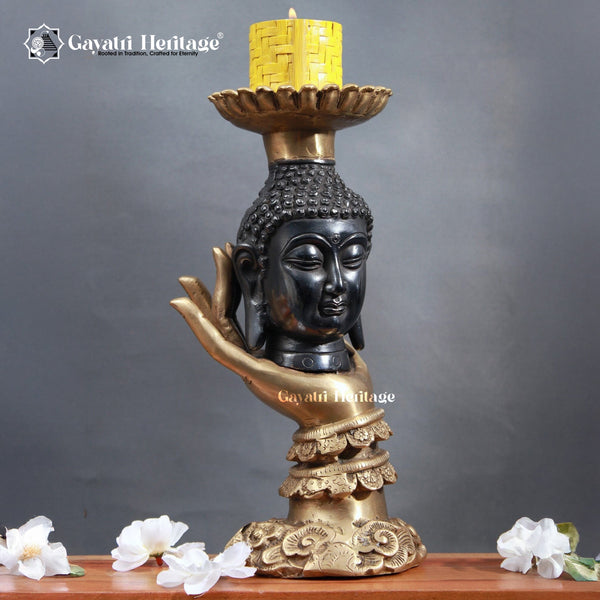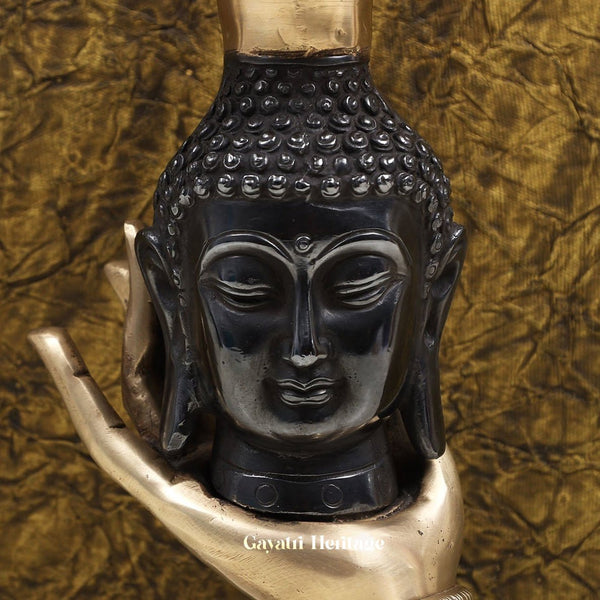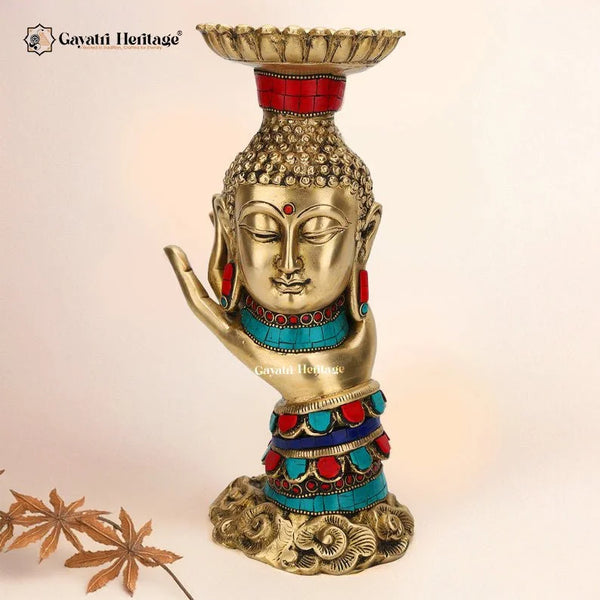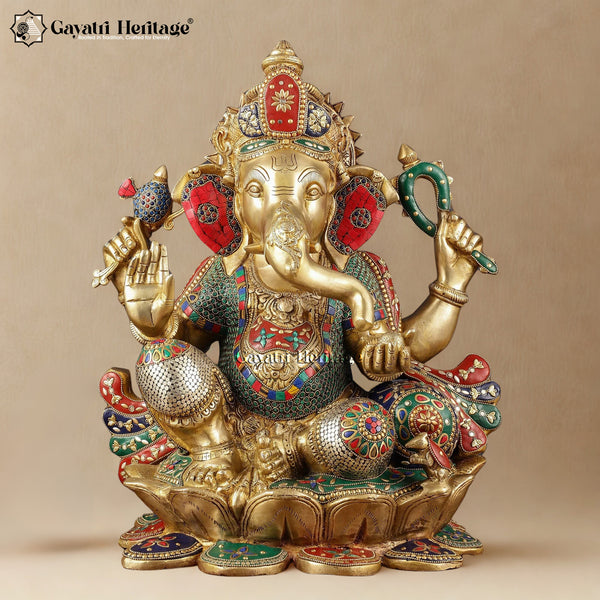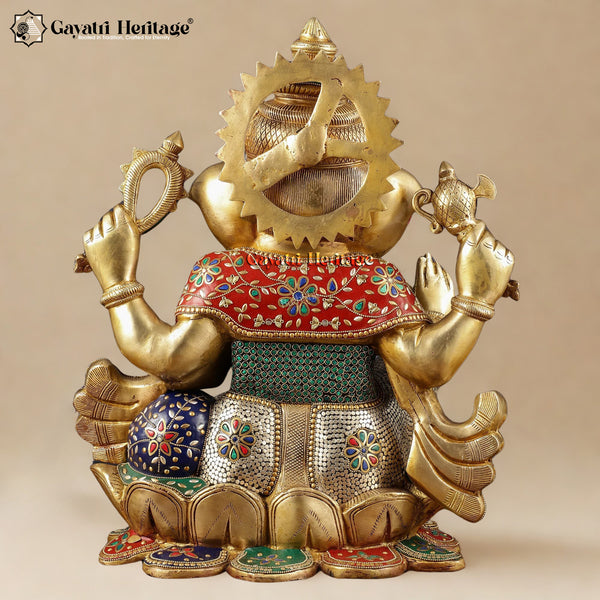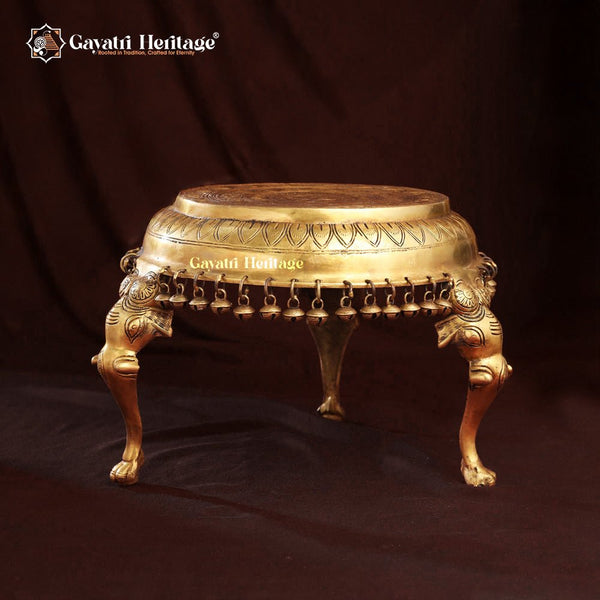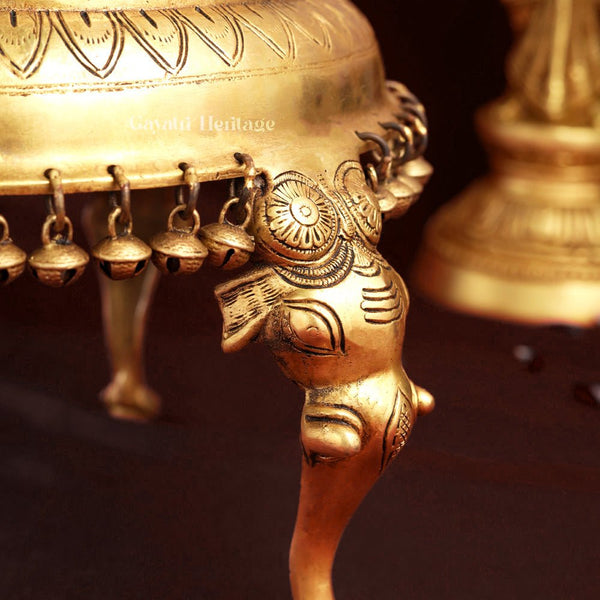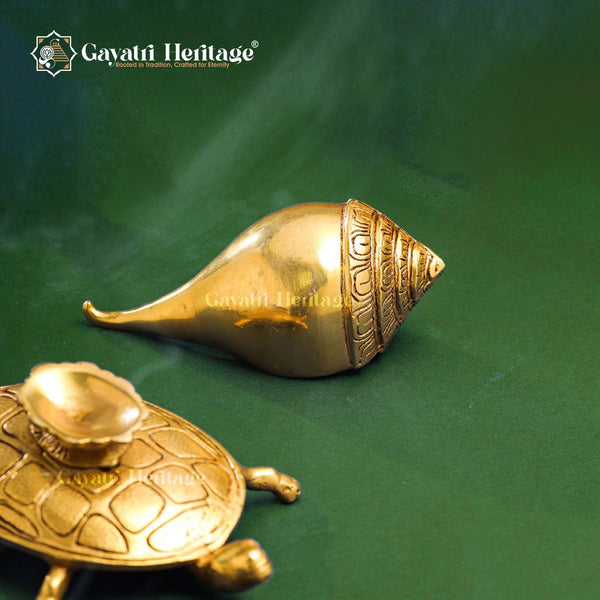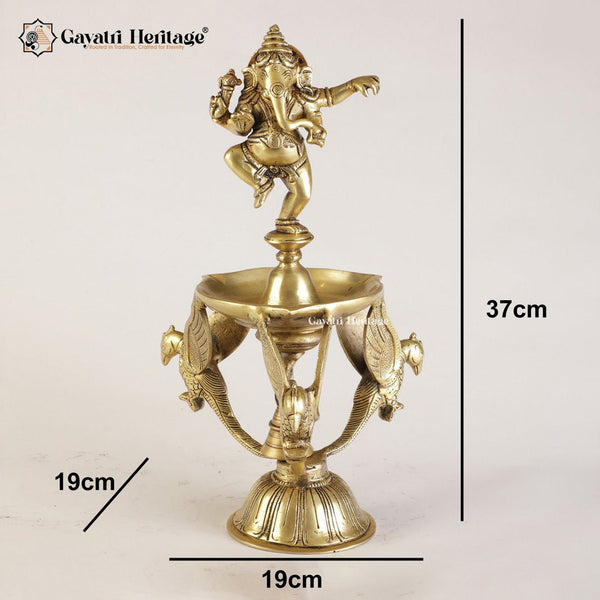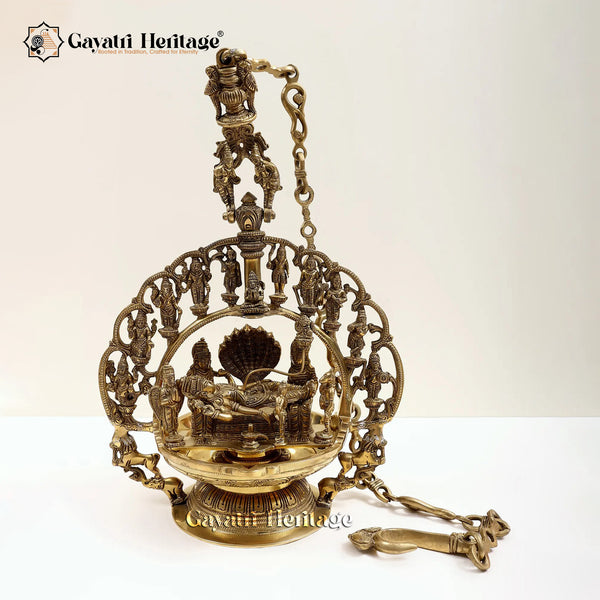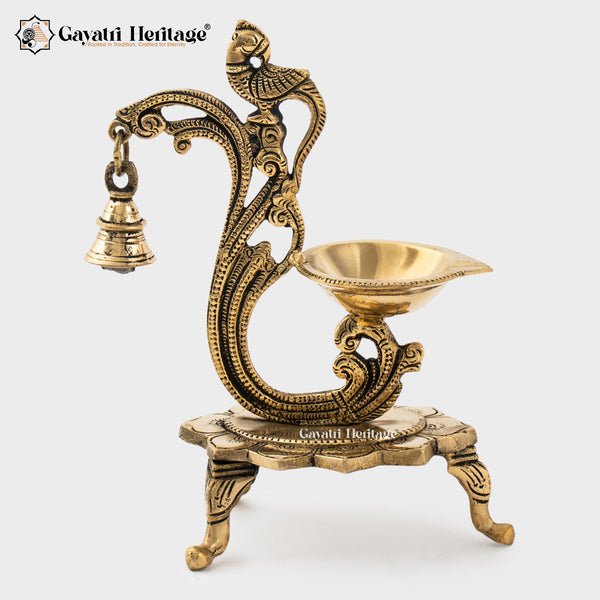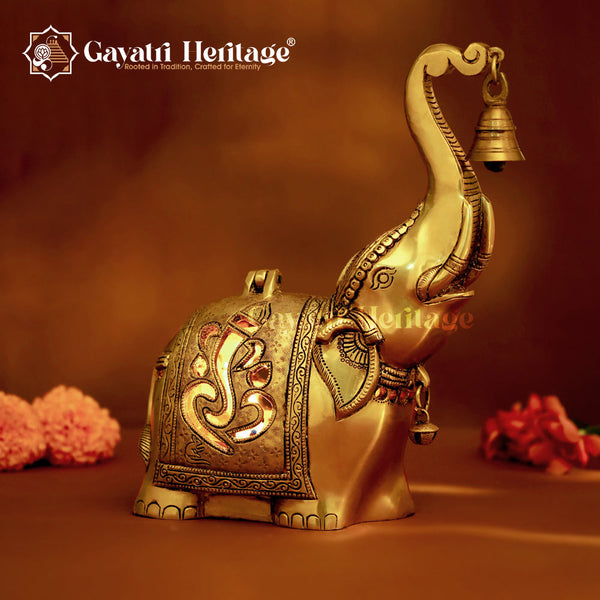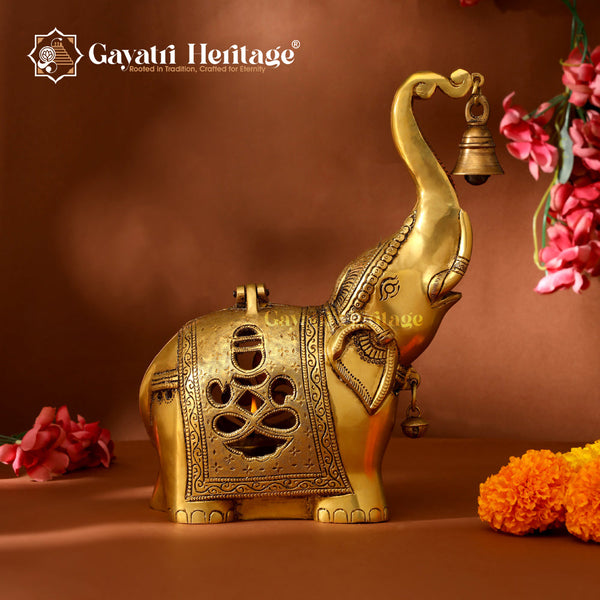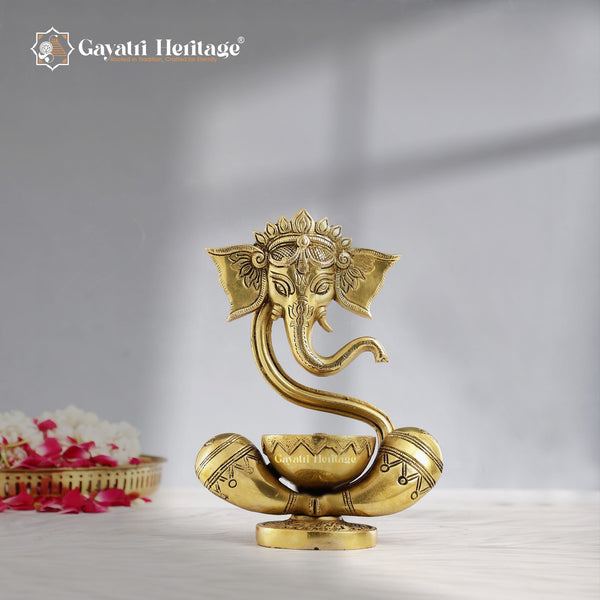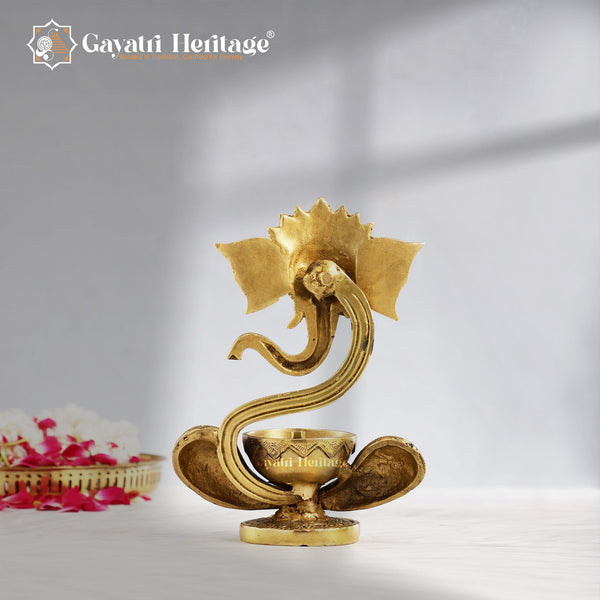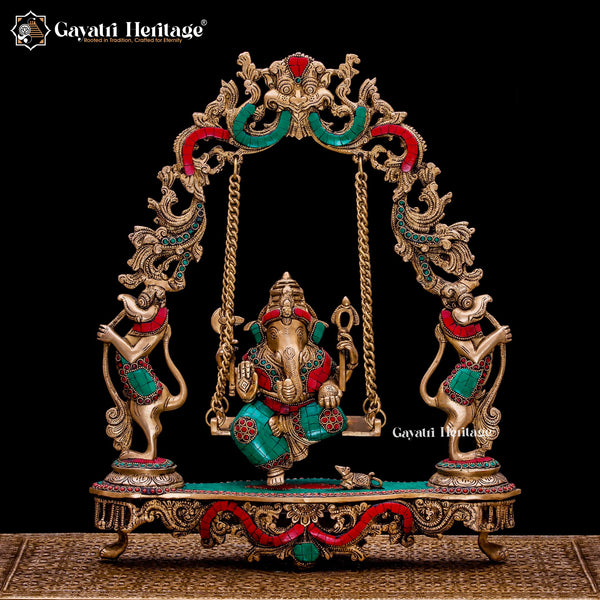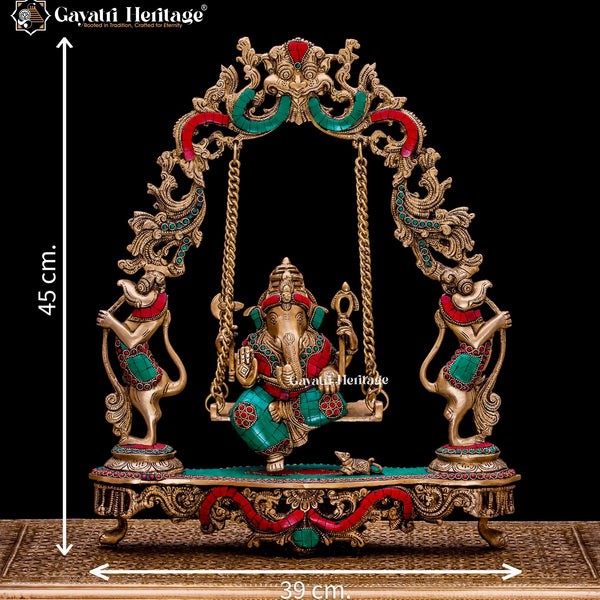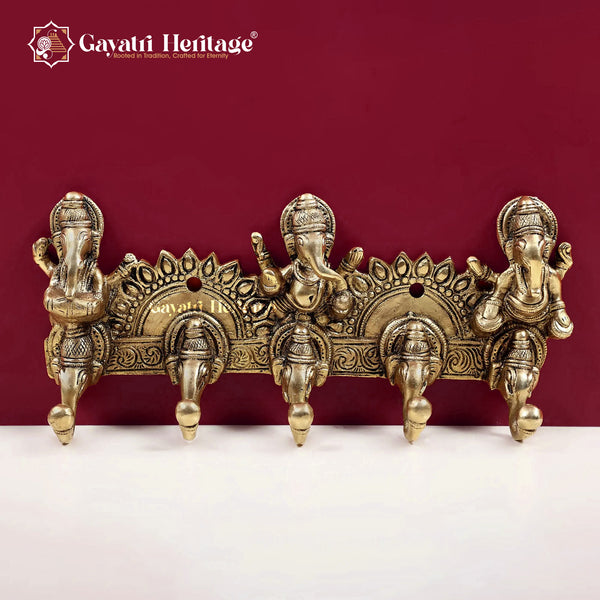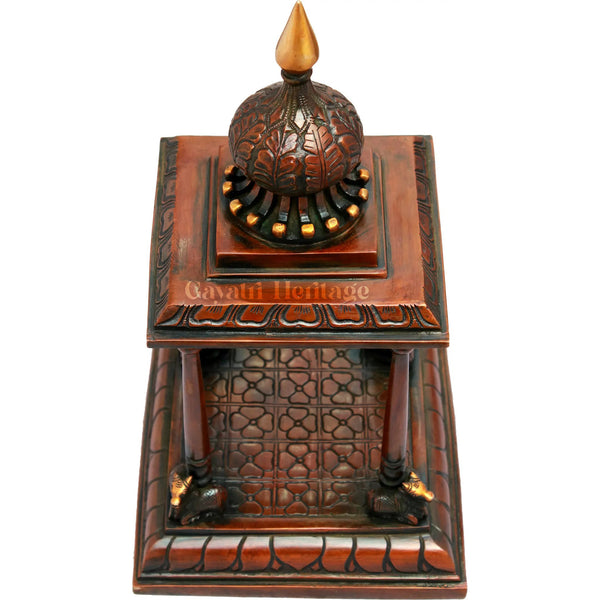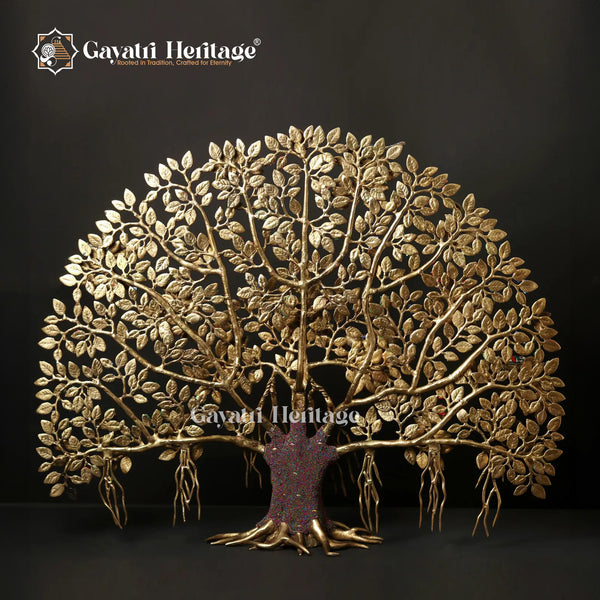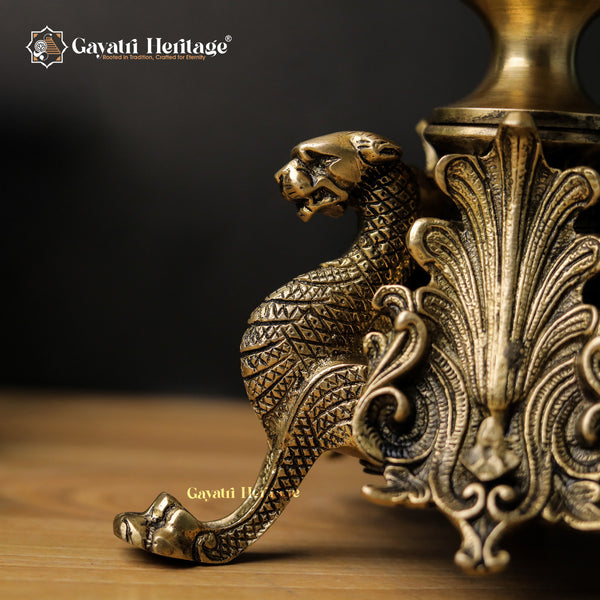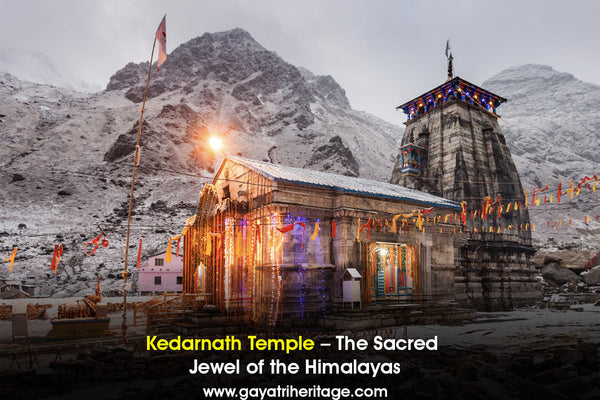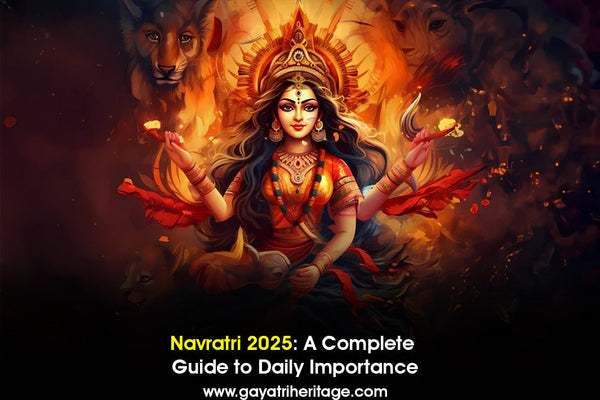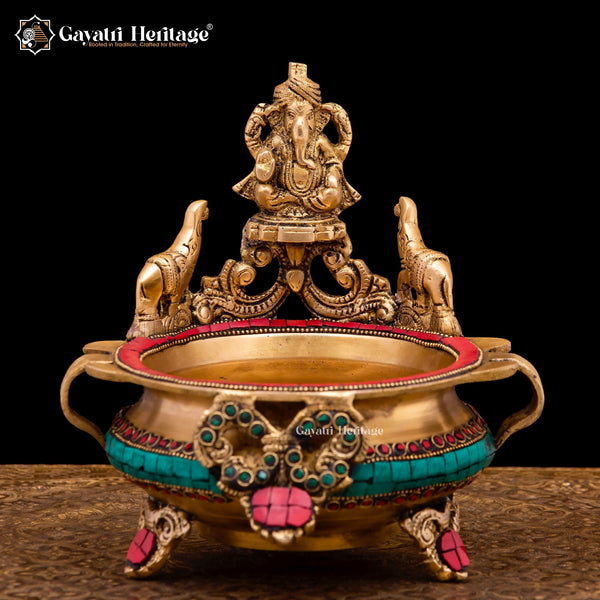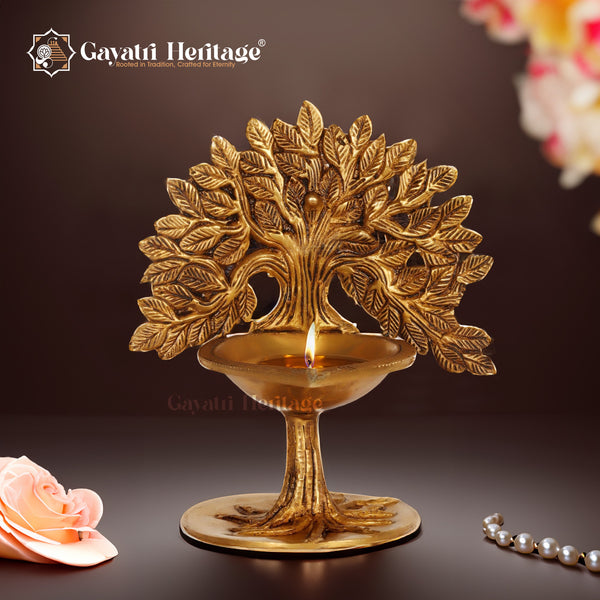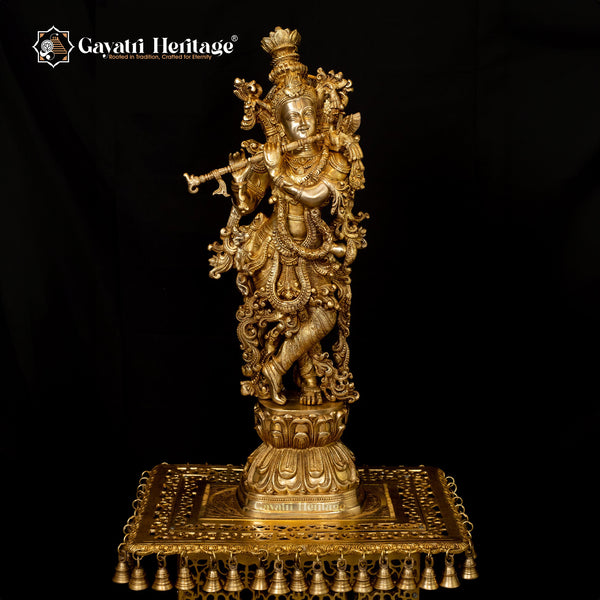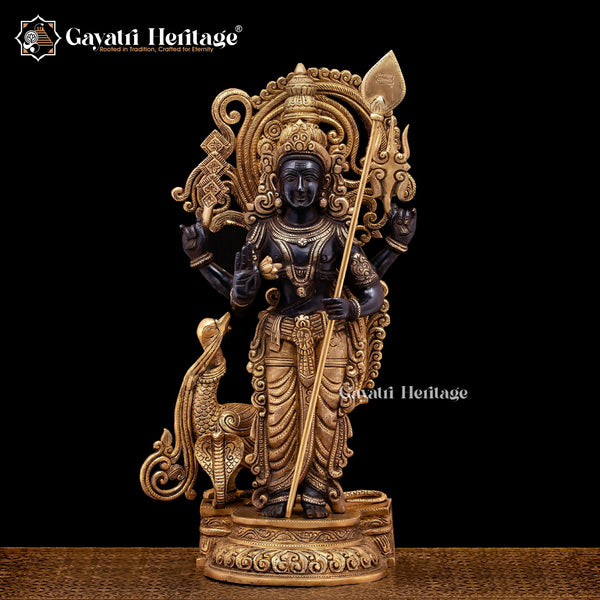Lord Shiva, one of the principal deities in Hinduism, is revered as the "Destroyer" within the Holy Trinity, or Trimurti, alongside Brahma (the Creator) and Vishnu (the Preserver). While the title "Destroyer" might seem fearsome, it carries profound spiritual and philosophical significance, making Shiva an indispensable part of the Hindu cosmological framework.
The Role of Lord Shiva in Hindu Mythology
Shiva embodies transformation, signifying the end of one phase to pave the way for renewal and creation. Unlike the negative connotation of destruction, his role symbolizes the cyclical nature of existence—birth, life, death, and rebirth.
Key Attributes of Lord Shiva:
- Ash-Smeared Body: Represents detachment from the material world.
- Third Eye: Symbolizes higher perception and destruction of ignorance.
- Trishul (Trident): Reflects the three aspects of existence—creation, preservation, and destruction.
- Damru (Drum): Represents the cosmic sound of creation.
- Serpent Around His Neck: Depicts control over fear and ego.
Why is Shiva Called the "Destroyer"?
The title "Destroyer" doesn't mean Shiva is a force of chaos; rather, it signifies his role in dismantling obstacles, illusions, and impurities, thereby allowing progress and evolution. His destruction is necessary for new beginnings and spiritual growth.
Symbolic Destruction:
- Ignorance: Shiva’s third eye burns ignorance and ego, leading to enlightenment.
- Evil Forces: As the slayer of demons like Tripurasura, Shiva protects the universe from malevolent energies.
- Attachment: By meditating on Kailash, Shiva teaches detachment from worldly desires, helping devotees attain liberation (moksha).
Legends That Highlight Shiva’s Role as the Destroyer
- The Tale of Tripurasura:
- Shiva destroys the three demon cities (Tripura) with a single arrow, symbolizing the conquest of ignorance, ego, and attachment.
- Samudra Manthan (Churning of the Ocean):
- Shiva drinks the deadly poison (Halahala) to save the world, showcasing his selflessness and power to neutralize destructive forces.
- The Tandava Dance:
- His cosmic dance, Tandava, represents the cycle of creation, preservation, and destruction. The dance signifies balance and renewal in the universe.
Shiva’s Role in the Trimurti
Shiva’s destructive aspect complements Brahma’s creative power and Vishnu’s preserving energy. Together, the Trimurti maintains the universe’s delicate equilibrium. Without Shiva’s transformative energy, stagnation would hinder creation and growth.
Philosophical Lessons from Lord Shiva
- Detachment Leads to Peace: His ascetic lifestyle teaches the importance of focusing on spiritual over material wealth.
- Power of Inner Calm: Despite being a destroyer, Shiva embodies stillness and calm, reflecting the balance between chaos and peace.
- Transformation is Essential: Destruction is not an end but a gateway to new opportunities and growth.
Worship and Devotion to Lord Shiva
Devotees honor Shiva through meditation, fasting, and rituals like:
- Mahashivaratri: A night of spiritual awakening dedicated to Lord Shiva.
- Abhishekam: Ritual bathing of Shiva Linga with water, milk, and honey.
Conclusion
Lord Shiva, the Destroyer, is a powerful symbol of transformation and renewal. Far from being a harbinger of doom, Shiva represents hope, progress, and liberation. His divine qualities remind us that every end leads to a new beginning, making him a beloved deity across Hinduism.
